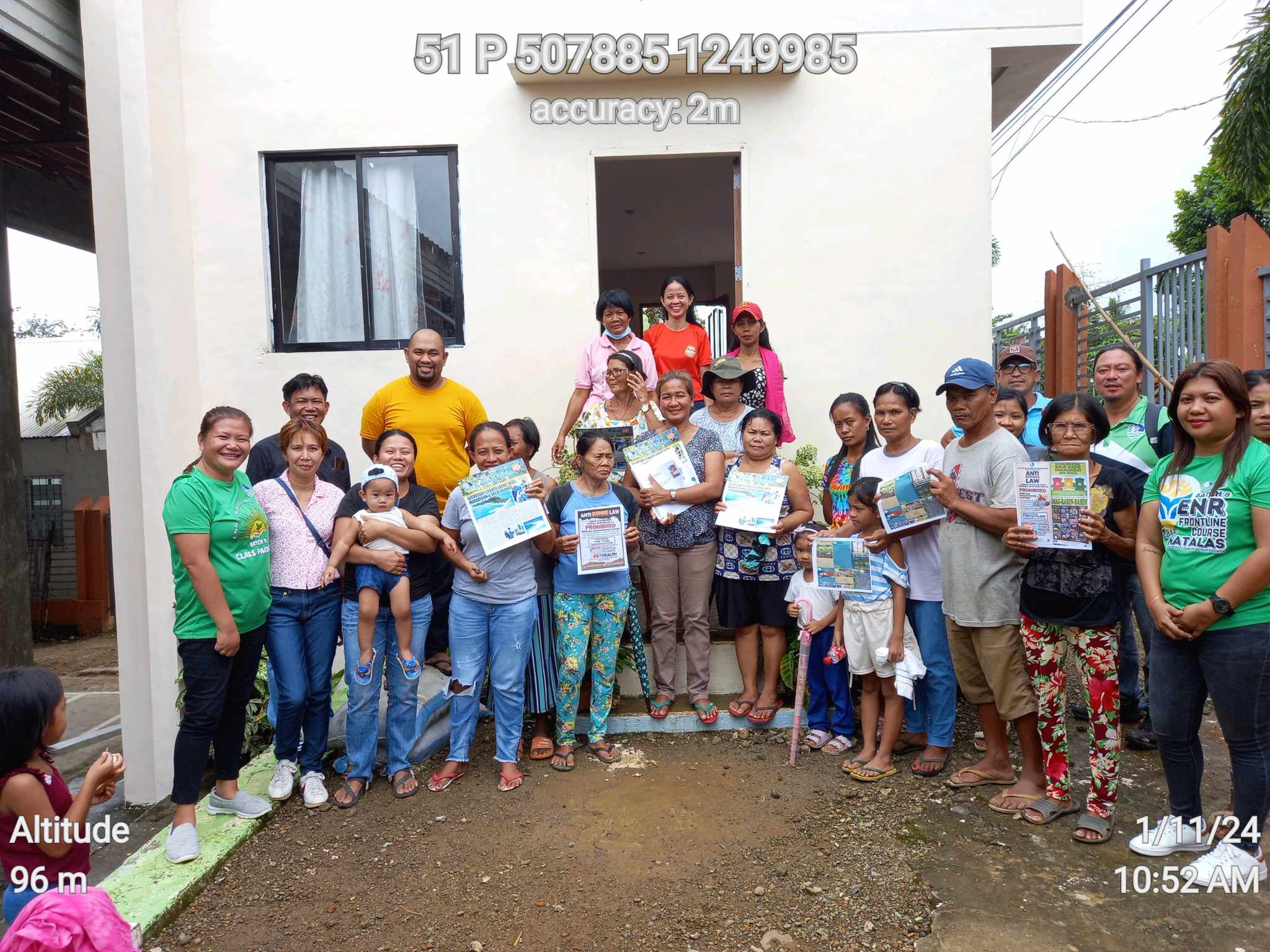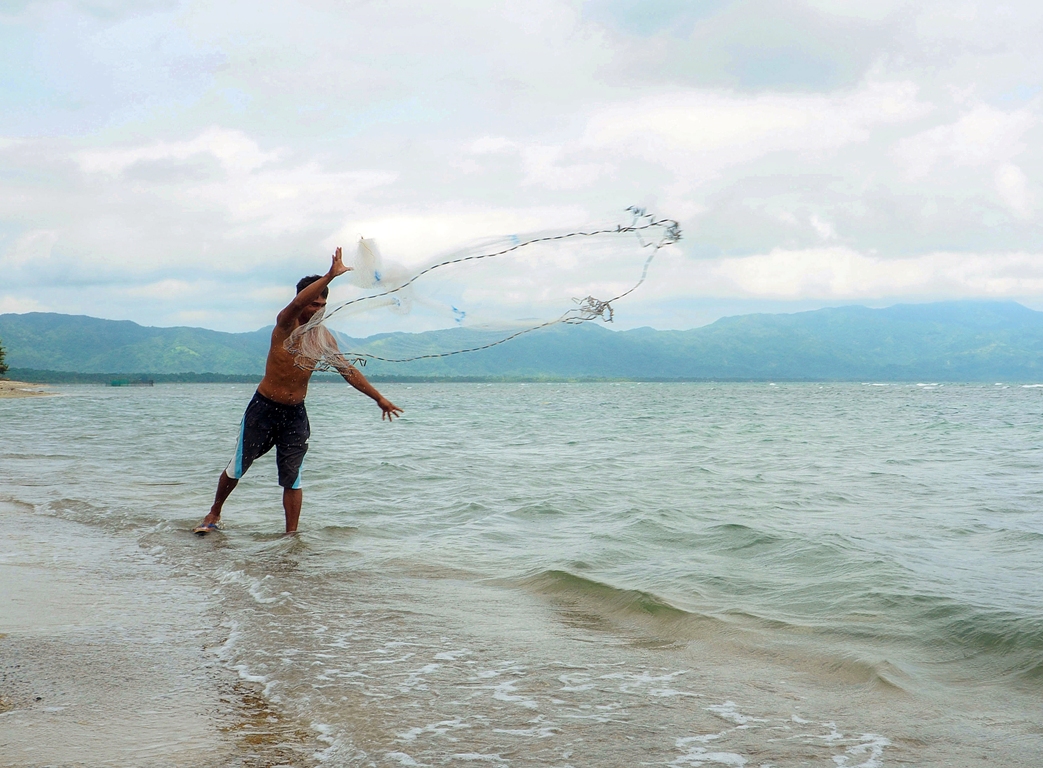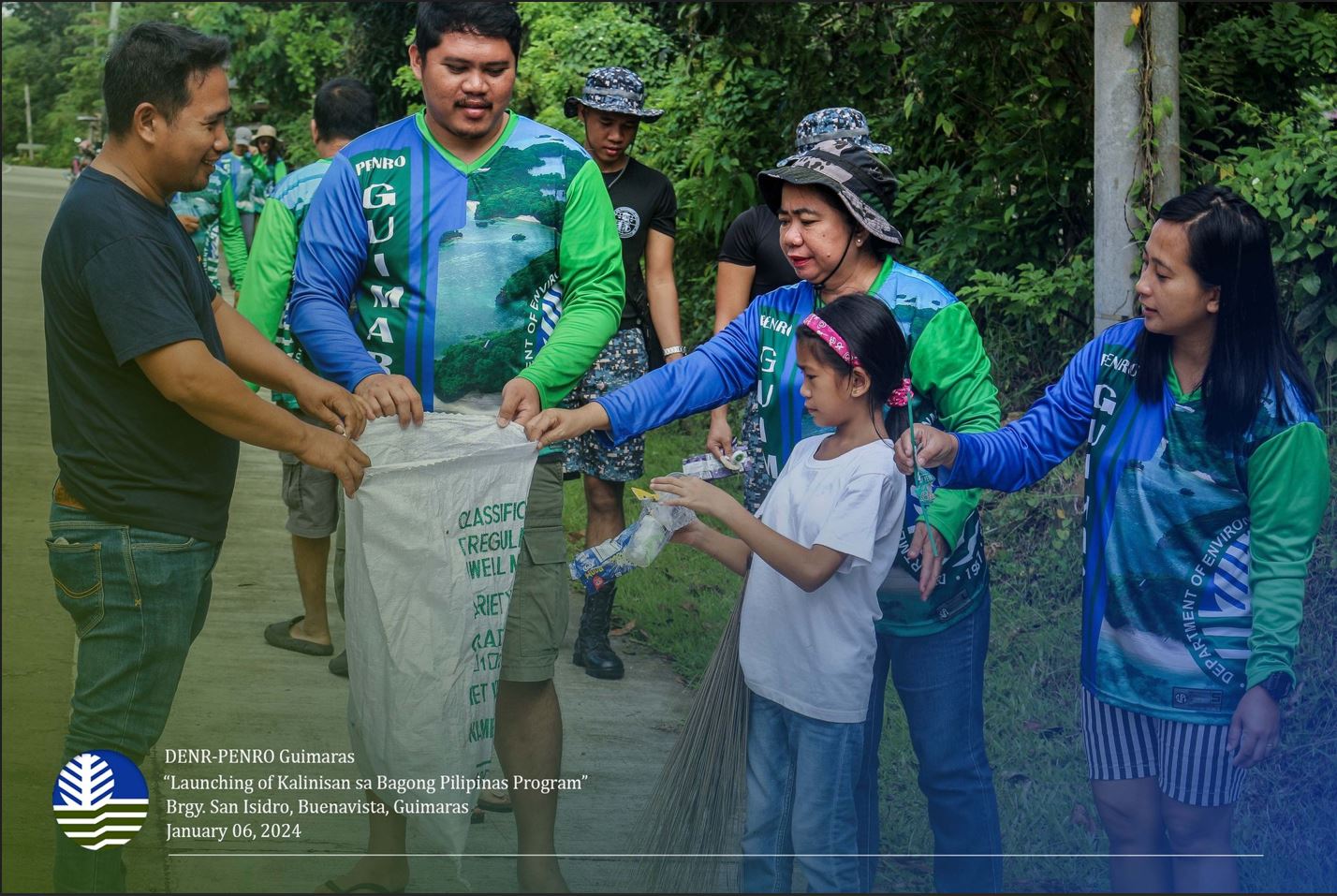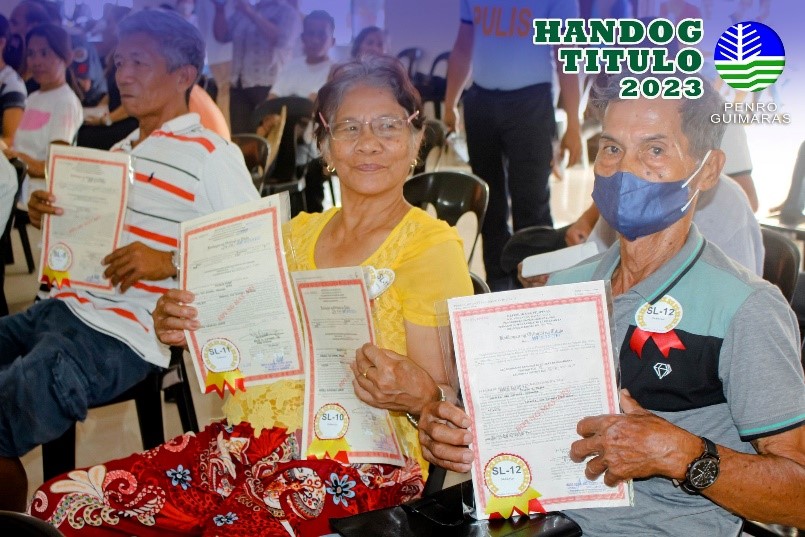PIED AVOCET RETURNS!
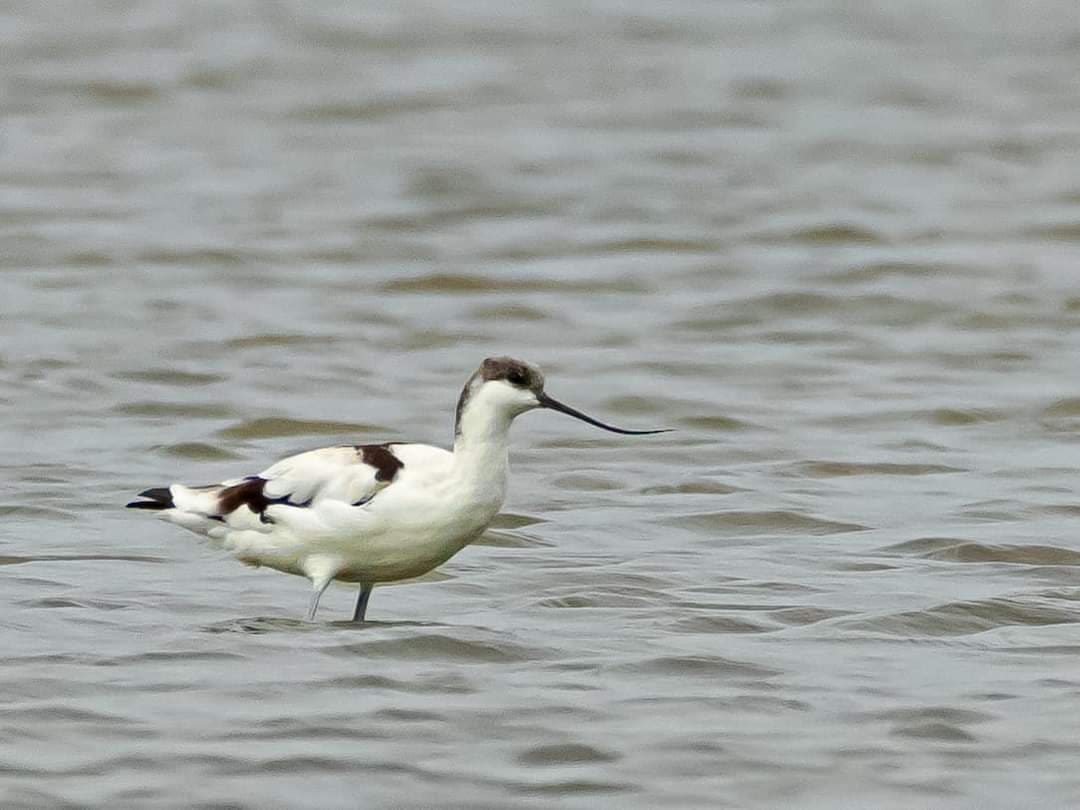
The beautiful Pied Avocet (Recurvirostra avosetta) has returned to the wetlands of Negros Occidental province for the second time in a row, same day though at a different place.
The Provincial Environment and Natural Resources Office (PENRO) in Negros Occidental reports a rare sighting of Pied Avocet gracing the wetland of Brgy. Tabao, Sagay City on January 17, 2024. The team from PENRO Negros Occidental are conducting the annual Asian Waterbird Census (AWC), which is part of the global International Waterbird Census. The activity aims to provide information on the conservation status of birds and to increase awareness of the waterbirds’ importance.
Last year, also on January 17, a solitary Pied Avocet was caught on cam wading the wetland in Brgy. Latasan, E.B. Magalona, Negros Occidental.
A rare visitor in the region, the bird is known for its appeal, long bluish-grey legs, boldly pied plumage, and its upcurved bill. The Pied Avocet is mostly found on estuaries, brackish lagoons, and coastal wetlands but can also be occasionally seen on more inland areas, especially near huge lakes. They breed in tiny colonies and make noisy calls to mark the start of their nesting season. This bird feeds by sweeping its bill sideways in the watery mud.
Although rarely seen in Western Visayas because it migrates through the seasons, the Pied Avocet is classified by the International Union for the Conservation of Nature (IUCN) as “Least Concern” and is not facing immediate threats to their existence as of the present. It has an estimated population that ranges from 280,000 to 470,000 individuals worldwide.
“Our wetlands and coasts play an important role by providing a safe haven for different species of wildlife. Our ecosystems in these areas must be preserved so that future generations can also marvel at the different avian creatures who are visiting the country to escape the cold in their places of origin,” Regional Executive Director Livino B. Duran said.
This second sighting in Western Visayas marks a significant moment for bird enthusiasts and conservationists alike. The data gathered adds to the knowledge about these birds and also emphasizes the importance of monitoring and protecting their habitats.
- Details
- Parent Category: News & Events
- Category: Photo Releases

